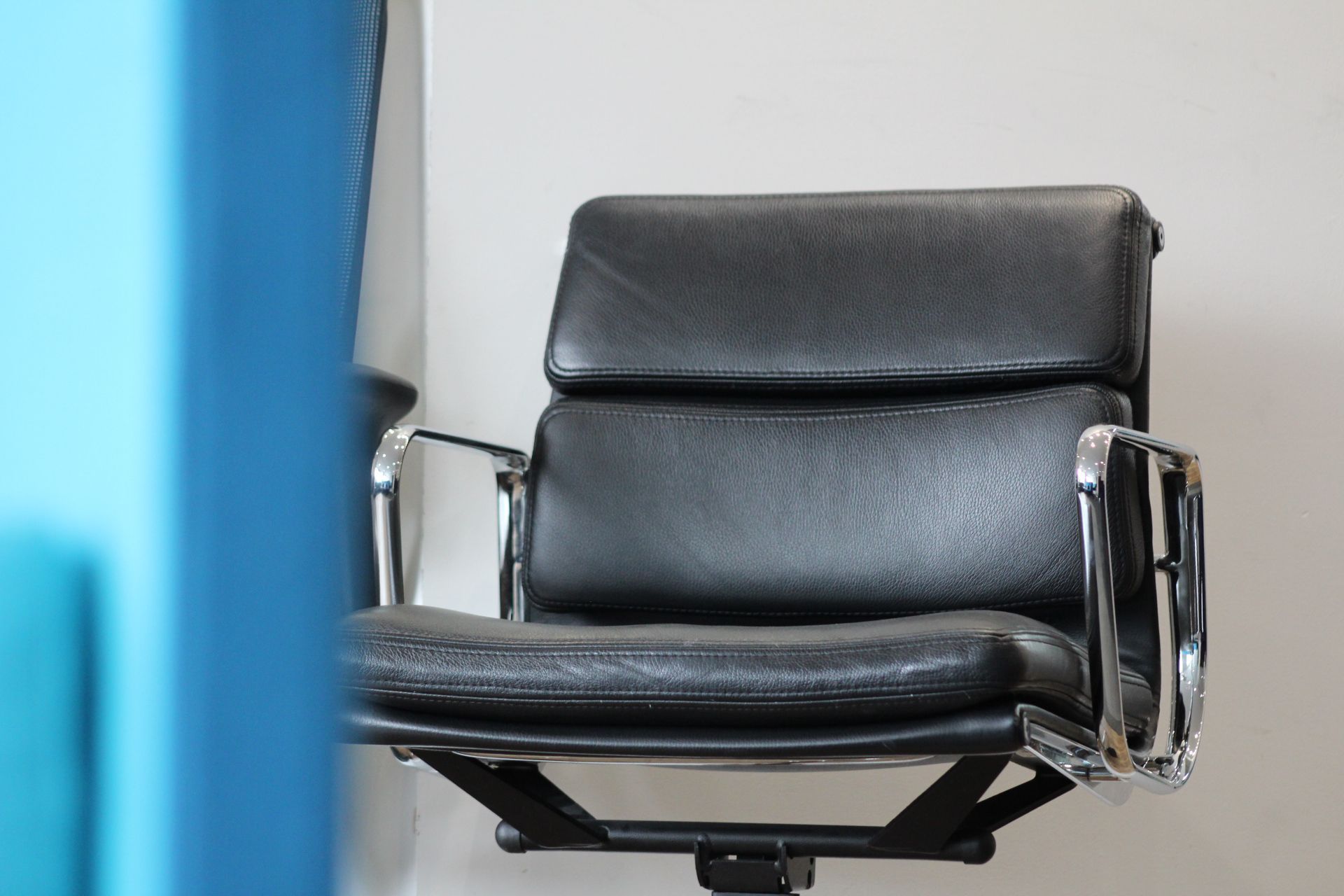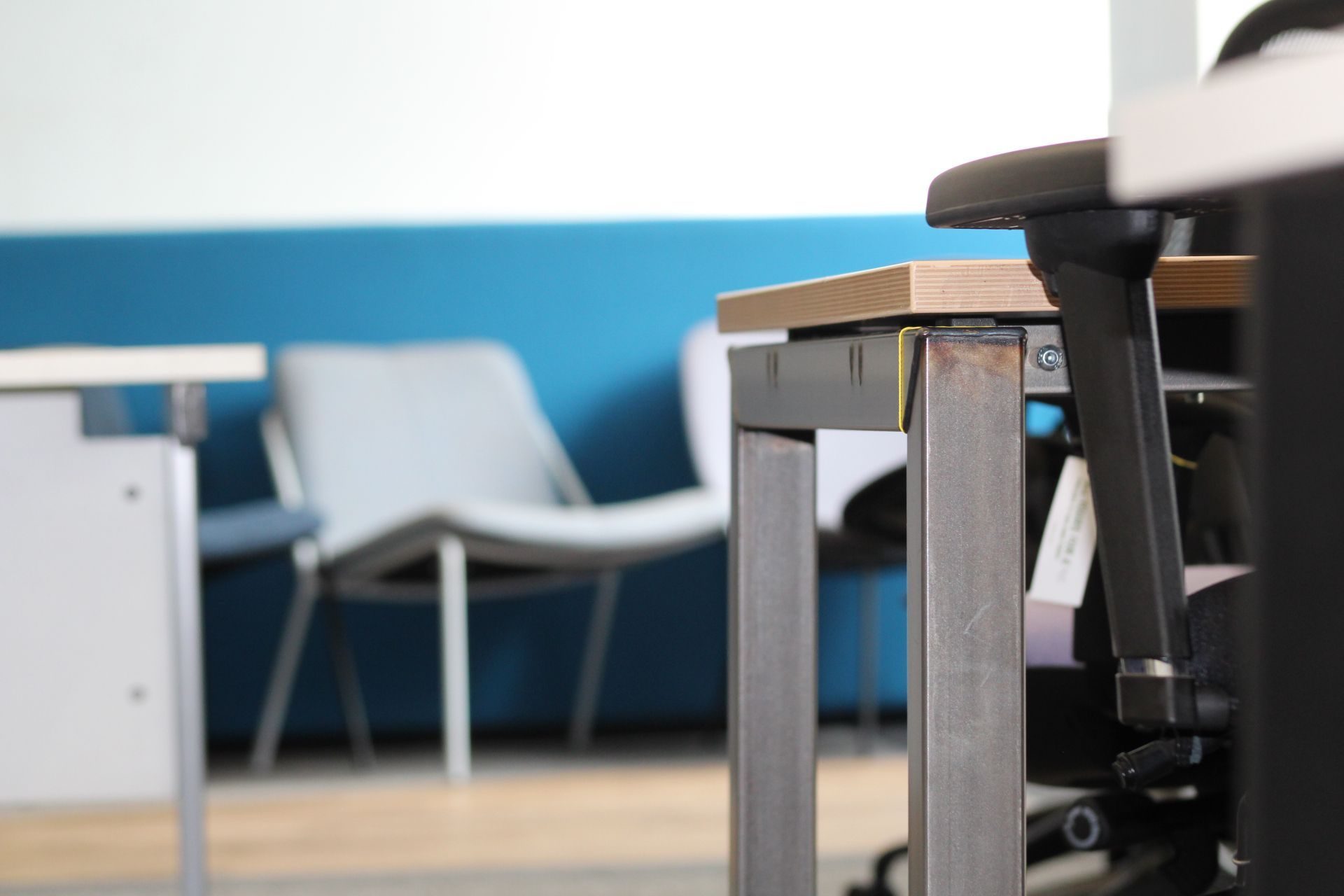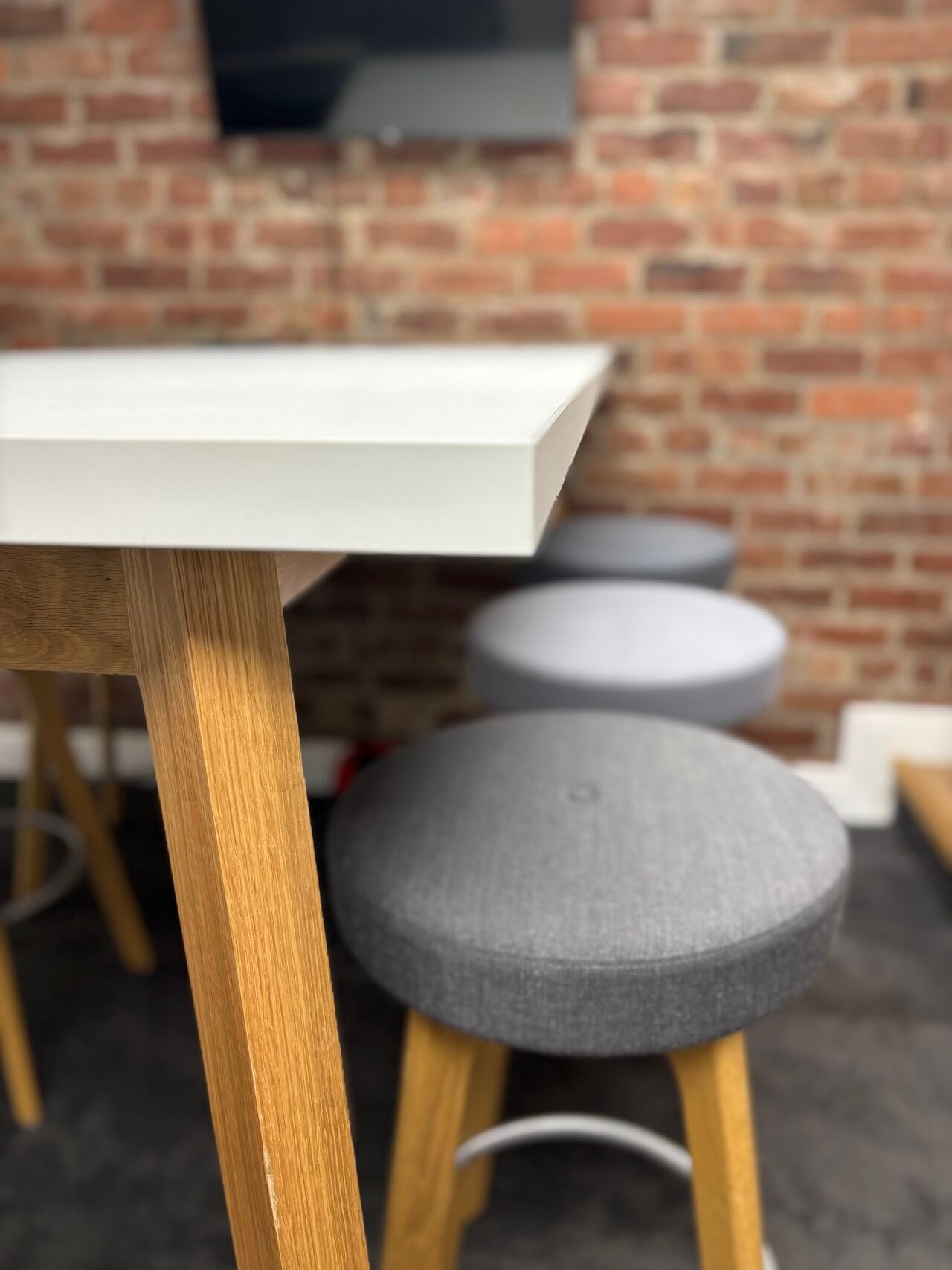The Future of Sustainable Office Solutions: Sam Coggin's 2025 Industry Insights
Making Smarter Office Furniture Choices in 2025
When your office needs new furniture, you've got two choices: buy new or go for quality
refurbished
pieces. As prices keep climbing and delivery times stretch longer, more businesses are discovering that "new" isn't always better. We sat down with Sam Coggin to talk about what's working, what isn't, and what's next for offices trying to make smarter office furniture choices.
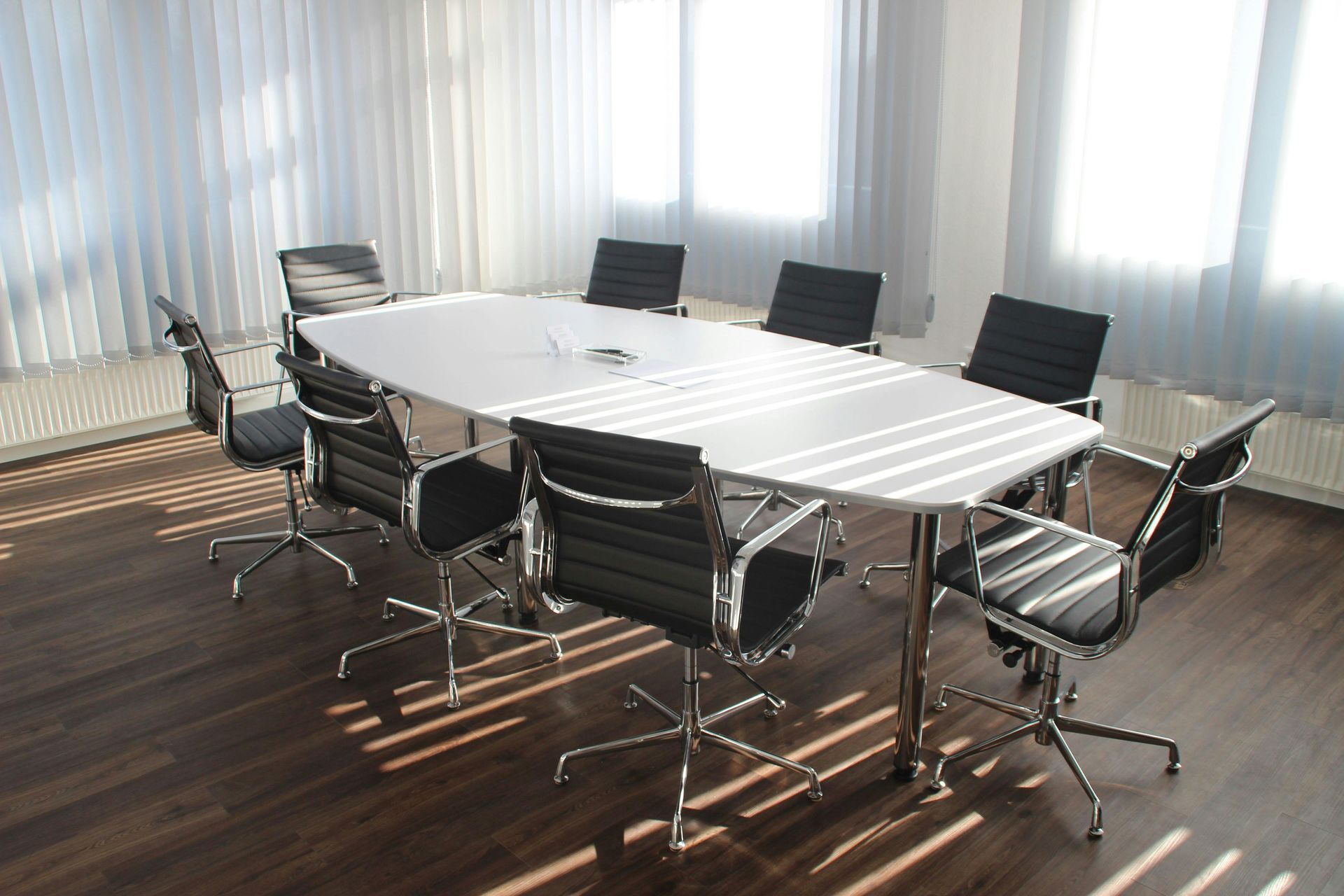
Changing How We Track and Reuse Office Furniture
The days of losing track of office furniture are numbered.
"I believe asset management and tracking tools will play a crucial role in enhancing reuse within large organisations," Sam tells us. Pointing to real innovation happening right now, he notes how "Arpenter for instance, have already made significant strides in this area, demonstrating how effective tracking and management of assets can drive sustainability and efficiency. These tools provide valuable insights into asset lifecycles, making it easier to identify opportunities for reuse and reducing waste."
What Sustainability Really Means for Your Business
When it comes to sustainability, there's a lot of discussions but not always a lot of action. Sam breaks it down for us: "For the most part, becoming more sustainable as a business can be expensive due to the significant infrastructure changes required. Sustainability is not a quick fix, and I don't buy into the 'net zero' hype as just a box-ticking exercise. True sustainability is a conscious choice that requires ongoing commitment. It's about embracing innovation and solutions that genuinely support the circular economy, rather than settling for superficial measures."
The good news? Things are moving in the right direction.
"We're seeing encouraging progress from corporates, largely thanks to the dedication of sustainability professionals and consultants who are working hard to integrate better practices into these organisations. However, there's still a long way to go, as the easier, more convenient route is often chosen over long-term sustainable solutions. True progress will require a greater commitment to challenging the status quo and prioritising impactful change over convenience."

Why Choose Refurbished Office Furniture for Your Next Office Update
With costs rising everywhere, businesses are looking closer at their options. "I believe more businesses will start prioritising cost savings wherever possible, and one of the smartest ways to achieve this is by investing in reuse. With potential savings of up to 80%, it's not just an environmentally responsible choice-it's also a highly economical one!"
However, this isn't just about saving money.
"Economic conditions are significantly influencing decisions between new and refurbished furniture, with many businesses prioritising cost-effectiveness in the face of financial pressures. Refurbished furniture is becoming an increasingly attractive option due to its ability to offer substantial savings-up to 80% compared to new furniture-without compromising on quality or functionality. Additionally, businesses are seeking sustainable solutions that align with growing environmental concerns and corporate social responsibility goals. Refurbished furniture aligns perfectly with these objectives, as it supports the circular economy by extending product lifecycles and reducing waste. For many organisations, the combination of reduced costs and sustainability benefits makes refurbished furniture a practical and appealing choice in today's uncertain economic climate."
What Europe's New Policies Mean for Your Office Furniture Choices
New rules are coming that will change how office furniture is made and sold. Sam explains: "With new policies being implemented across Europe, I believe we'll see increased focus on due diligence regarding how products are manufactured. This shift will likely prioritise direct reuse in product design, moving beyond the traditional emphasis on front-end recyclable materials."
But there are still challenges to solve.
"Until policies are updated, it will remain challenging to achieve better control over material recycling. The current focus seems to be more on converting waste into reusable material rather than extending its lifecycle through continuous reuse. This approach undermines the goal of keeping valuable materials in circulation, as it stops short of maximising their potential within a
circular economy."

Where to Find Tomorrow's Office Solutions Today
Interestingly, the biggest changes aren't coming from furniture manufacturers. "Progress remains slow overall, largely because manufacturers show little interest in supporting the circular economy-and understandably so. Their focus is on producing new products, not on designing them to last longer or be reused."
Sam emphasises that the innovation is coming from a different direction:
"From the start, I've maintained that second-hand dealers who have managed to formalise their operations will make the real difference. With their experience and the facilities needed to handle refurbishment and recycling at scale, they're uniquely positioned to drive meaningful change in extending the lifecycle of products."
Zero Waste Clearance: What We Do With Your Old Office Furniture
At Coggin SOS, we're putting these ideas into practice.
"We've demonstrated that by recycling office furniture down to its component form, we can achieve a zero-landfill solution. As one of the first in the UK to specialise exclusively in
office furniture recycling, we can focus entirely on optimising waste streams to maximise reuse potential. For instance, waste plastic from office chairs is shredded into regrind at our facility and sold back to polymer processors, where it's reused to manufacture new products. This process not only supports sustainability but also ensures valuable materials remain in circulation."
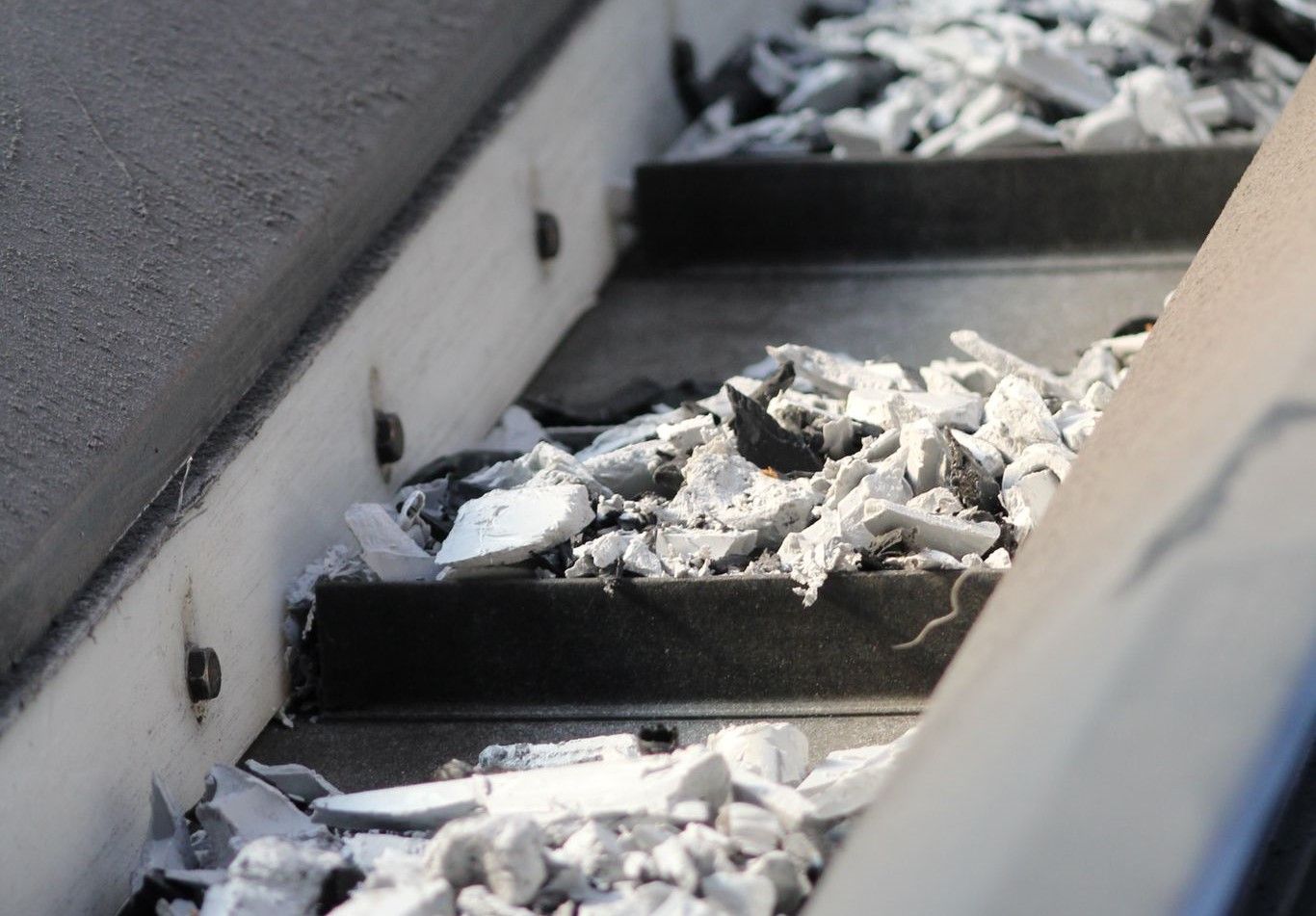
How the Office Furniture Industry Is Evolving
The whole sector is adapting to meet these new challenges:
"The industry is adapting to changing sustainability expectations by embracing practices and innovations that align with circular economy principles. Businesses are increasingly prioritising reuse and refurbishment over replacement, recognising the environmental and cost benefits of extending product lifecycles. Manufacturers and suppliers are incorporating sustainable materials, designing products for easier disassembly, and reducing waste in production processes."
Making Your 2025 Office Furniture Decisions Count
While furniture manufacturers keep pushing new products, we've shown a different path forward. From turning your old office chairs into raw materials for new products, to helping you save up to 80% on quality furniture that's ready now - not in three months. Sam's insights reveal how the industry's biggest innovations aren't coming from big manufacturers, but from those willing to challenge old habits.
The way we think about office furniture is changing. As we've seen, it's not about 'new vs used' anymore - it's about making choices that work for your business, your budget, and the planet. Want to explore what's possible?
Let’s chat.


